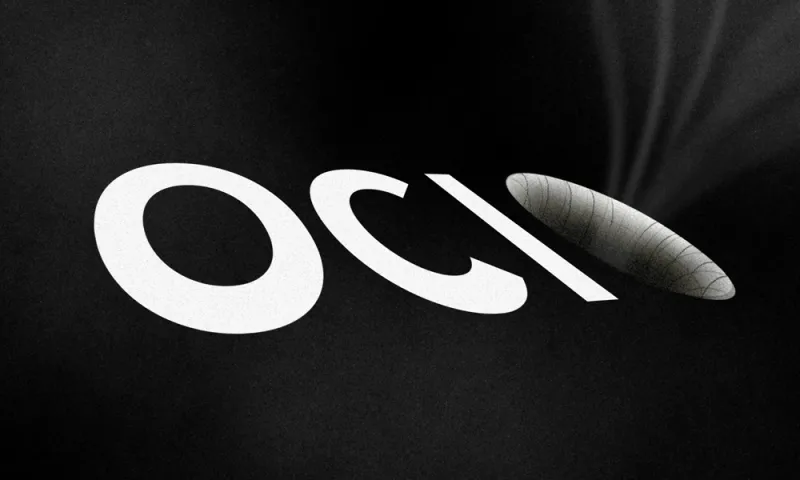As OCIOs and the pool of assets they manage have ballooned in recent years, critics have raised concerns about the phenomenon. Chestnut Advisory Group, a management consultant to investment firms, doesn’t necessarily disagree with their worries but it thinks there is a more complete story to tell.
The OCIO industry is not inherently bad, it’s just going through growing pains, Amanda Tepper and Ravi Venkataraman, managing partners and co-owners of Chestnut Advisory Group, told Institutional Investor.
“We saw what we thought was some unfair, very one dimensional casting of the OCIO phenomena in an unfavorable light. We felt we needed to balance the narrative and back it up with real, live research so people don't get swayed. They can make their own educated decisions,” Venkataraman said.
Global assets advised by OCIOs have more than doubled over the past eight years to over $3 trillion and the rapid growth is expected to continue. Chestnut forecasts that the global industry will top $4.7 trillion in 2029, equating to a robust 8.9 percent compound annual growth rate over the next five years.
“This is growing because it clearly is serving an investor need,” Tepper said. In virtually all corporate circumstances, when people hear the word “outsourcing,” they think of the term “cost cutting.” The same is true for the “O” in OCIO but that “can be really misleading and make people think that that's the primary motivator” for having another party manage an investment portfolio.
OCIO relationships can sour if they were made on the basis of costs alone, have conflicts of interest, lead to administrative challenges, or if their investment performance just isn’t that good. But the majority are net positives. There are reasons why more endowments, foundations, family offices, and the Obamas are turning to OCIOs: they should result in vastly improved governance, and better portfolios, risk management, diversification, communication, and reporting — all often at a lower cost, according to Chestnut Advisory.
Still, there are going to be bumps in the road because of the relative youth of the OCIO industry. “Everything has trade-offs and issues,” Tepper said, but some of the criticisms of OCIOs should iron out over time.
Investors “don't realize the level of control they can maintain; it doesn't come automatically. You have to be a knowledgeable buyer. You have to understand that you have to do your due diligence. You need to understand what are the right questions to ask. And, in this particular case, in the OCIO phenomenon, because it's typically an entire plan, and it's typically not just the investment decision, it's also service, its operations, you have more moving parts,” Venkataraman said. Chestnut compares the OCIO industry’s development to the third inning of a baseball game.
“What we're trying to do is…bring clarity to this so there are very knowledgeable and informed buyers with more transparency in the system. And let's do away with some of the myths: Only performance and fees matter,” Venkataraman said.







